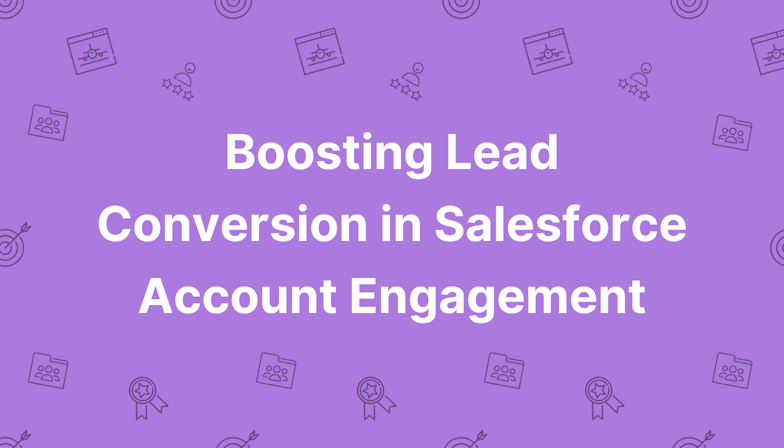No matter how sophisticated your integration is, it’s only as good as the data that moves through it. If your contact records are riddled with inconsistencies or fields aren’t mapped correctly between systems, the output will be unreliable, and your reporting, automation, and decision-making will suffer.
Before launching a new integration, take time to clean your data. It might feel like just another thing on your to-do list or a blocker to integration, but trust us when we say that removing duplicates, standardising field values (job titles, industries, etc.), and validating key information like email addresses and phone numbers will serve you in the long run. Data hygiene should be an ongoing part of your process.
Next, map your fields across systems. If HubSpot uses “Lifecycle Stage” but your CRM calls it “Lead Status,” decide how those align with one another. Pay close attention to field types, too. Multi-select fields, picklists, and date fields often cause issues if misaligned.
Finally, decide how to handle sync errors. What should happen if a record fails to sync? Will someone be alerted? Will the error be logged for review? These decisions will keep your integration reliable long after launch.





